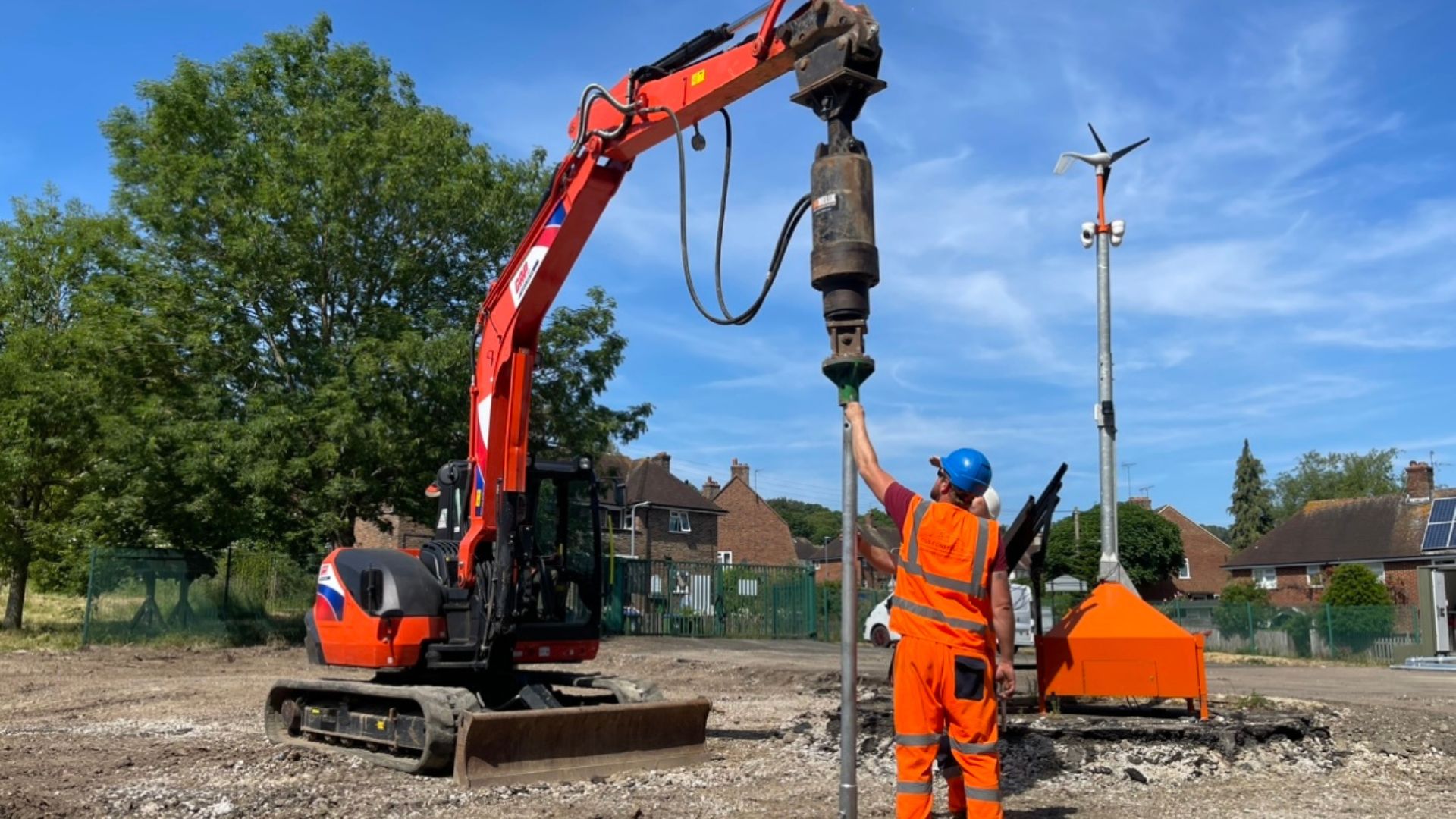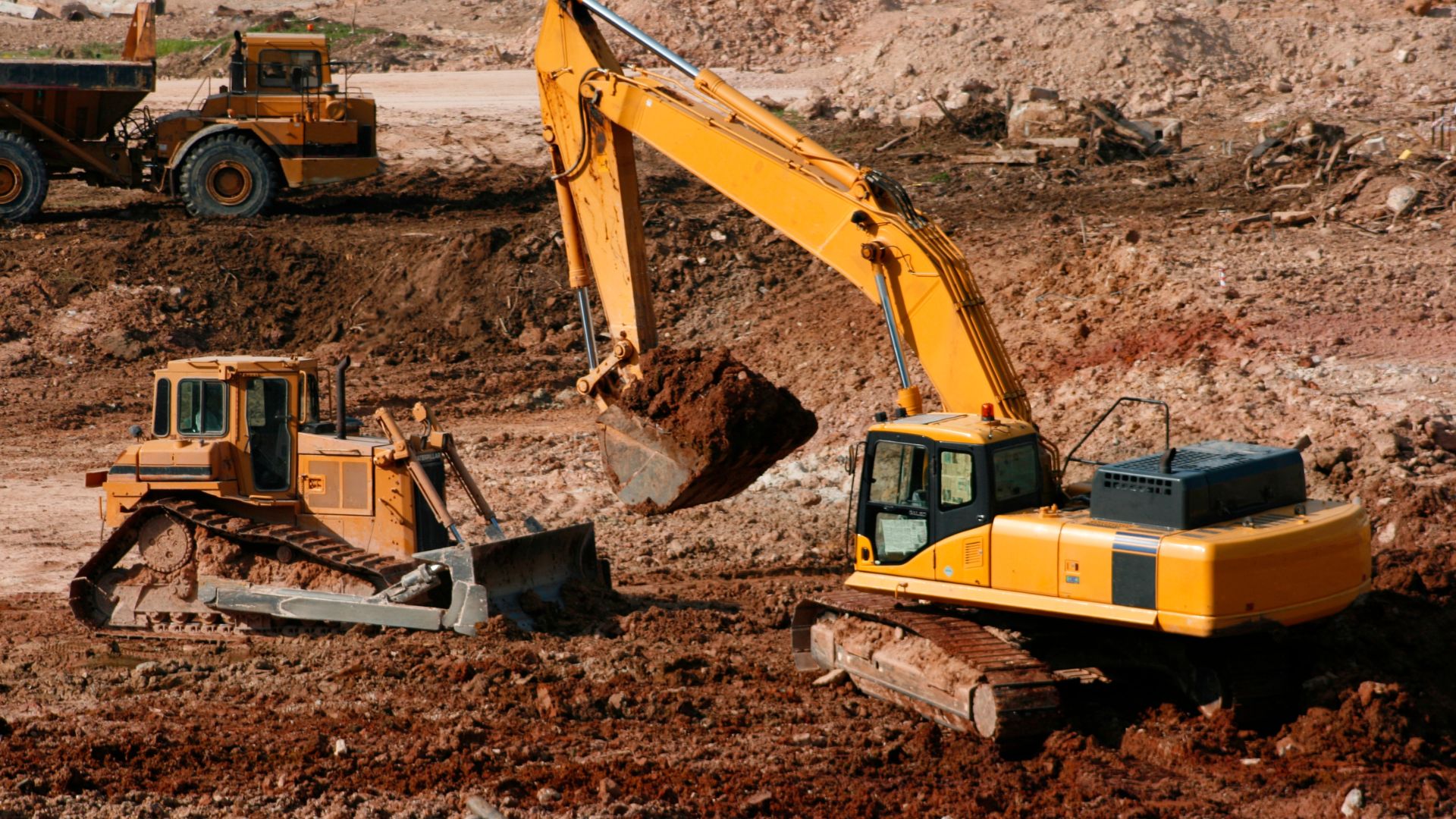Provides Structural Support
After excavation, the soil around foundations and underground utilities must be properly compacted to prevent shifting or collapse. Without backfilling, the structure may become unstable over time.
- Prevents foundation cracks and movement.
- Ensures even weight distribution for stability.
- Protects underground utilities from damage.
Prevents Soil Erosion
Loose or exposed soil is vulnerable to erosion caused by wind and water. Backfilling helps maintain the ground’s integrity, reducing the risk of landslides and soil displacement.
- Protects surrounding areas from erosion damage.
- Maintains the landscape’s natural stability.
- Supports long-term ground reinforcement.
Improves Drainage and Water Flow
Proper backfilling ensures that water drains away from structures rather than pooling around foundations, which can lead to leaks, flooding, and structural damage.
- Uses materials like gravel or sand for better drainage.
- Prevents water buildup around basements and walls.
- Reduces hydrostatic pressure that can cause cracks.

Backfilling Process
- Selecting the Right Backfill Material Different materials like sand, gravel, crushed stone, or excavated soil are used based on drainage needs and compaction requirements.
- Layer-by-Layer Filling Backfill is added in layers rather than all at once to ensure even distribution and prevent air pockets.
- Compaction for Stability Each layer is mechanically compacted to remove voids and improve soil strength.
- Water Drainage Considerations Drainage pipes or gravel layers may be added to direct water away from structures.
- Final Grading and Finishing The surface is leveled and prepared for landscaping, paving, or further construction.



